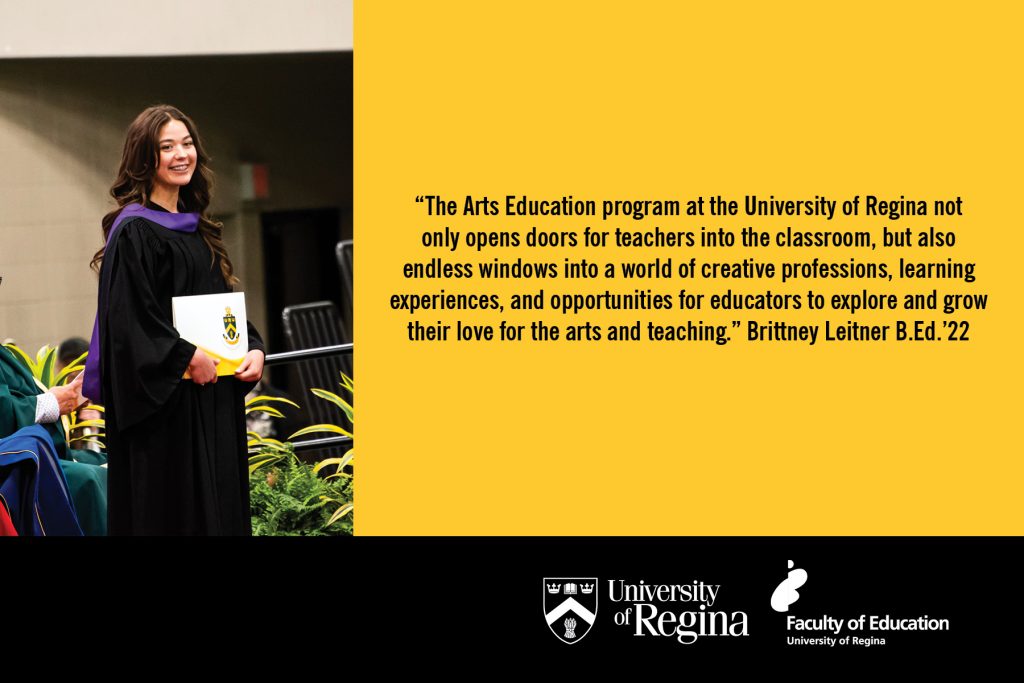Social Justice Through the Arts
As an Arts Education student in the first few weeks of my pre-internship, I have learnt a lot about how to manage and run a classroom. However, I also have a great deal more to learn and apply in my teaching techniques, before I can become the kind of teacher that I hope to be. Through my EAE 302 class this semester, we have discussed topics such as diversity in the classroom, inclusion, equity versus equality, and ways to respectfully incorporate actions towards truth and reconciliation into the classroom. In this manifesto I will be discussing how I hope to integrate these subjects into my ways of teaching and lesson plans, going forward into my future teaching career.
With Canada being a multicultural country, it is incredibly important that we make all of our students feel welcomed and important in our classrooms. I believe that one of the best ways to do this is to get to know each of your students personally, and to celebrate their cultural traditions and values with the class. There are many ways that we as teachers can go about including these students, and therefore create a safe learning environment for all. For example, your class or school can put on a culture fair, where students can either choose to represent a country of their choice from around the globe, or a country that their ancestors may have derived from. This is a fun and educational way of bringing in a variety of cultures to be celebrated, and can be done on a smaller scale such as poster board presentations as a class, or on a larger scale such as a gymnasium filled with exotic foods from each country, and activities for the students to participate in. This is simply one of the ways that we can make an effort to make all of our students feel welcomed in the classroom, and to celebrate our cultural differences, rather than shy away from them.
No two students learn exactly the same way, and as a result we as teachers need to be able to adjust our teaching styles to support our students in their ways of learning. There are a variety of learning styles, such as visual, auditory, reading/writing, and kinaesthetic, and students will more than likely prefer to be taught in one or two of these styles. Sometimes a student may be able to adapt their learning on their own, depending on the grade that they are in. However, we need to be equipped with the knowledge and the skill set to be able to help those who require a different perspective or support. This also goes hand in hand with students who may need more help from us than others. Some ways that we can support these types of students can be through the aid of a classroom educational assistant, additional learning resources outside of class time such as tutoring or practice sheets, or even extended time to complete certain tests and assignments.
As Canadian citizens, it is our responsibility to educate our students on our history as a country, and what we can do to pave the way for a better future. I believe that one of the best ways to do this as a teacher is to include First Nations and Treaty education in the classroom. There are a multitude of ways that we can bring these topics into the classroom, such as books that portray their cultures and traditions, introducing them to subjects such as the medicine wheel and Turtle Island, and creating a safe space where students can ask questions and be heard. While course content would of course depend on what grades our students are in, literature such as The Giving Tree: A Retelling of a Traditional Metis Story by Leah M. Dorion is a great resource to have in the classroom, and could inspire many different assignments and projects for the students to participate in.
As teachers, we have the incredibly important job of shaping our students into kind, compassionate, intelligent, and informed citizens. To do this, we have to create an environment in the classroom that is safe and supportive for all, so that our students will trust us enough to grow under our influence and guidance. As Dana Gioia once said, “The purpose of arts education is not to produce more artists, though that is a byproduct. The real purpose of arts education is to create complete human beings capable of leading successful and productive lives in a free society.”
